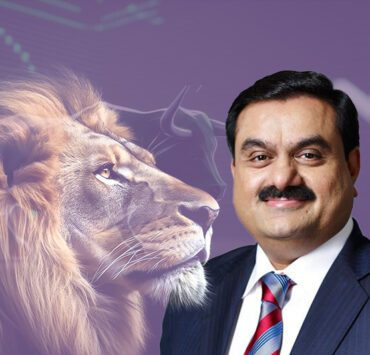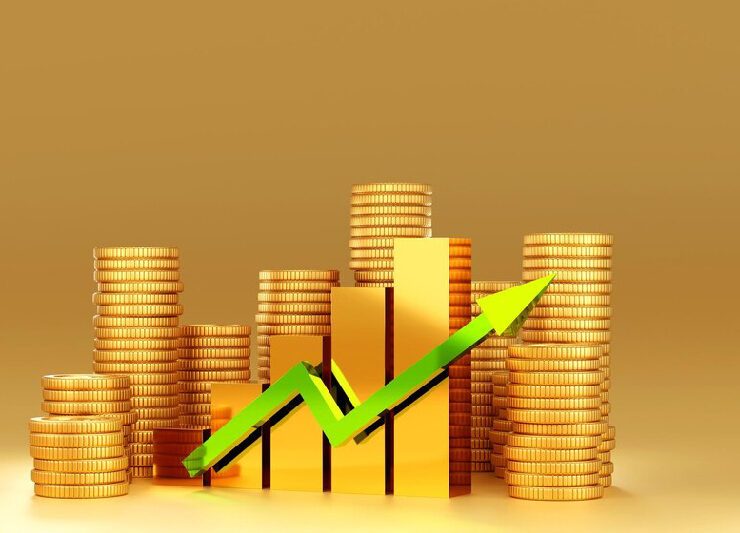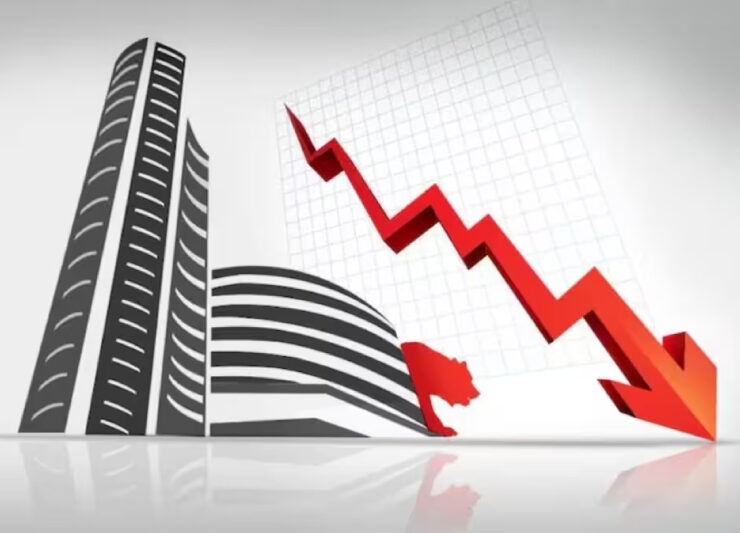The Elections and Stock Markets

Being the largest democracy in the world, there’s no doubt that Indian elections and stock market trade are co-related.
The uncertainties and volatility of the market make it difficult to forecast stock performance. This scepticism resides in every investor’s heart. Right from Dalal Street every common individual has a sense of uneasiness throughout the election period.
Historically, it’s proven that investing before the elections brings in more positive returns and bears the potential for long-term gains. In Arihant Capital’s experience, understanding how elections historically influence the stock market helps to invest wisely during these times.
What History Has To Say About Elections And Stock Market?
Elections have historically been catalysts for market volatility. Data from various studies indicates that election years often witness higher market fluctuations compared to non-election years.
The correlation between elections and stock market isn’t always straightforward. For instance, while certain elections have led to short-term market swings, the long-term market trajectory has remained resilient, marching steadily upward.
Indian Elections and Stock Market
- In ’89, PM Rajiv Gandhi’s tenure sparked political upheaval, impacting the economy. ’91 faced further turmoil after his assassination but Rao’s reforms revived investor trust. ’96-’98 saw instability with shifting governments and the Asian Financial Crisis hitting hard.
- ’99 brought stability with the NDA win, causing a brief market surge but faced setbacks due to global events. ’04 saw Congress rise unexpectedly, resulting in market growth till ’07. ’09 marked UPA’s return with an initial market rise, followed by controversies.
- ’14’s NDA victory steadied the market, although growth was seen as slow. In ’19, BJP’s re-election led to market highs, driven by pro-business initiatives despite challenges.
Across these years, election outcomes regularly influenced market behavior, with anticipation and reactions often shaping stock performance.
How do elections impact stock markets?
Elections are a volatile period for stock markets, introducing uncertainty. Political shifts, like elections or policy changes, significantly influence market dynamics. While it’s commonly believed that a win for the incumbent government boosts markets due to perceived stability, there are nuanced factors shaping this relationship.
- Declaration Contents: Parties’ economic, social, and environmental promises in their plans and programmes play a pivotal role. Policies favouring economic growth, like tax cuts, tend to elevate stock prices upon the party’s potential victory.
- Government Ideology: A party with a clear, growth-oriented vision tends to instil positive market sentiments, while vague promises create uncertainty and can cause stock prices to dip.
- Exit Polls: Predicting potential winners through exit polls impacts markets. Favourable polls for parties with sound economic policies often elevate stock prices, signalling stability.
- Expected Economic Policies: Market reactions are influenced by anticipated economic strategies from the likely winning party. Positive growth policies tend to drive the stock market upward.
- Industry Focus: Specific sectors stand to gain or lose based on election outcomes. Infrastructure-focused agendas boost related industries, while adverse policies can impact sectors like pharmaceuticals.
- Leader’s Persona: The leader’s charisma and influence on foreign investment can sway market sentiments. A charismatic leader often attracts more investment, fostering a positive market trend.
Strategies to Reduce Risk and Maximize Returns During Elections
Investing during elections brings heightened market uncertainty, but employing effective strategies can mitigate risks and boost returns:
- Diversification: Spread investments across various assets (stocks, bonds, real estate, commodities) to minimize election-driven volatility’s impact on any single asset.
- Long-Term Focus: Stick to strong fundamentals and a long-term investment approach to withstand short-term market fluctuations caused by election news.
- Defensive Stocks: Consider stable sectors like utilities, healthcare, and consumer staples, which tend to remain resilient during uncertain times.
- Avoid Emotional Trading: Stay rational and avoid impulsive trades based on short-term news, as emotional responses during elections can lead to losses.
- Monitor Policy Changes: Anticipate potential shifts in government policies post-election to position investments strategically in line with industry or sector expectations.
Outlook for the Future
According to Arihant Capital, understanding the historical trends and factors influencing the market during elections enables investors to approach these periods with a strategic mindset.
While short-term volatility might ensue, maintaining a focus on long-term investment goals remains paramount. The importance of staying informed, diversifying portfolios, and avoiding knee-jerk reactions cannot be overstated.
Investors must recognize the temporary nature of election-induced market fluctuations and stay committed to their long-term financial objectives.
Smart investing during uncertain times demands a balance between vigilance and discipline
The Bottom Line
Investing wisely during election cycles involves a blend of understanding historical market trends, acknowledging the influence of political dynamics, and adopting prudent investment strategies. By employing informed strategies and staying abreast of market trends, investors can navigate the turbulence of elections while staying on course toward their financial goals.
Elections aren’t solely about political shifts; they serve as a compass guiding market reactions, hinging on promises, ideologies, and anticipated changes affecting various sectors.








